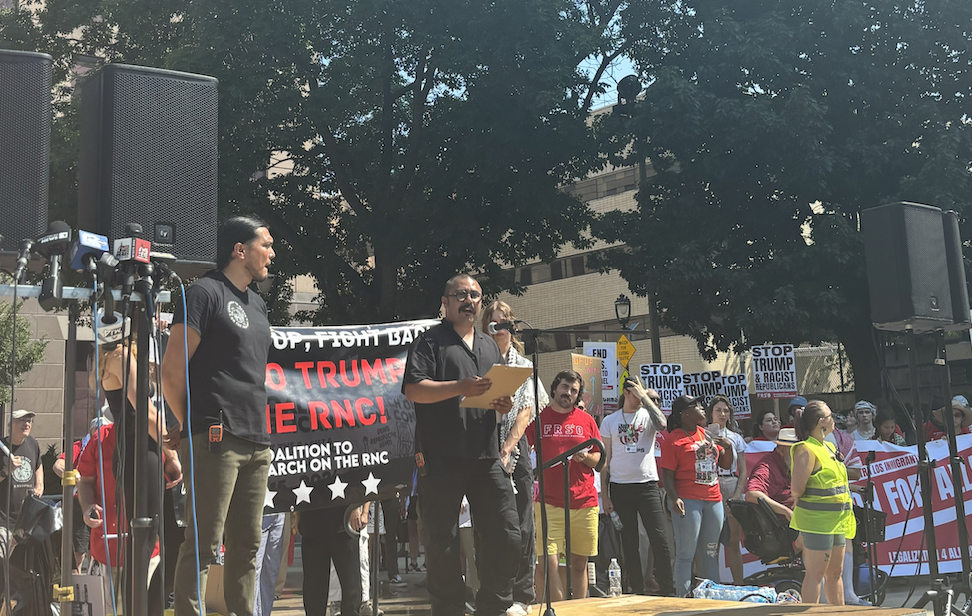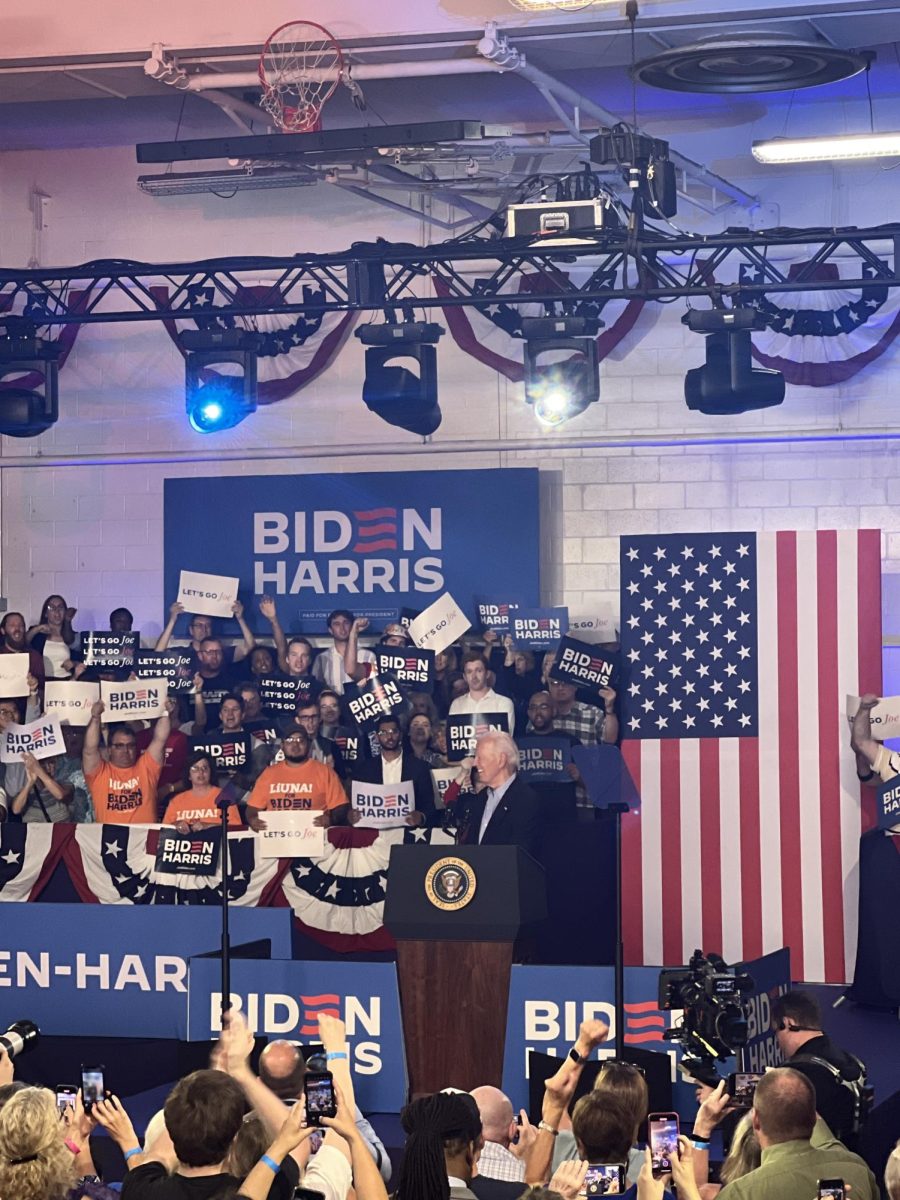After a 2011 spike in voter turnout for the state Supreme Court election, the 19.3 percent turnout in Tuesday’s elections returned that percentage back to normal.
Wisconsin’s Government Accountability Board reported the percentage Wednesday, a 15-point decrease from 34.3 percent voter turnout in 2011, according to unofficial results. University of Wisconsin political science professor Kenneth Mayer said the 2011 race was more competitive than Tuesday’s race, which saw incumbent Justice Patience Roggensack re-elected for another ten-year term.
“The big difference was that in the 2011 Supreme Court election between [Justice David] Prosser and [JoAnne] Kloppenburg, it took place in the context of the protests and upcoming recall [against Gov. Scott Walker],” Mayer said.
The 2011 race was close enough for the losing candidate to call for a recount, but Roggensack won Tuesday by larger margins. She beat Marquette Law School professor Ed Fallone, winning with 57 percent to 43 percent of the vote.
Mayer added Tuesday’s Supreme Court election simply did not mobilize and interest voters as much as 2011 did, and that defeating an incumbent candidate is difficult.
Roggensack won Feburary’s primary with more than 60 percent of the vote, which Mayer said might have affected voter turnout. Although Mayer said there is some evidence competitive elections can have higher voter turnout, he said it is not always true.
UW political science professor Barry Burden could not say whether a competitive election affected voter turnout, but said Fallone’s qualities and actions, as well as poor fundraising affected the race’s competitiveness.
“Fallone was not well known, a law school professor, didn’t have experience as a judge, and criticized the interpersonal dynamics in court,” Burden said.
A Brennan Center for Justice report released Thursday contrasted the combined $1.1 million in TV spending in this race to the $3.9 million in 2011 TV spending. The report also showed Roggensack outspent Fallone five-to-one.
Both Burden and Mayer said money from third-party interest groups has become increasingly important in Supreme Court elections.
About six years ago, Burden said, third-party groups like Wisconsin Manufacturers and Commerce and other conservative business groups began contributing more to races. Although unions and liberal groups also contribute to court races, he added, they typically do not spend as much.
Burden said business groups have made Supreme Court elections part of their strategy because it is much less expensive to get involved in Supreme Court races than legislative races.
“If you’re in business, concerned about regulation and taxes and corporation issues, the court is going to weigh in on those at some point,” Burden said. “If you can win a seat or two in the Supreme Court, you can have more impact than winning 10 or 20 seats in the state Legislature.”

















